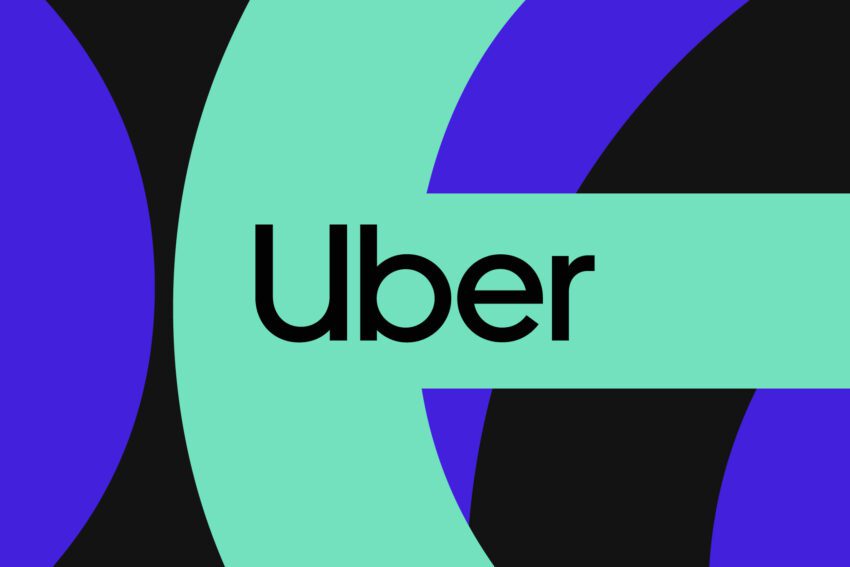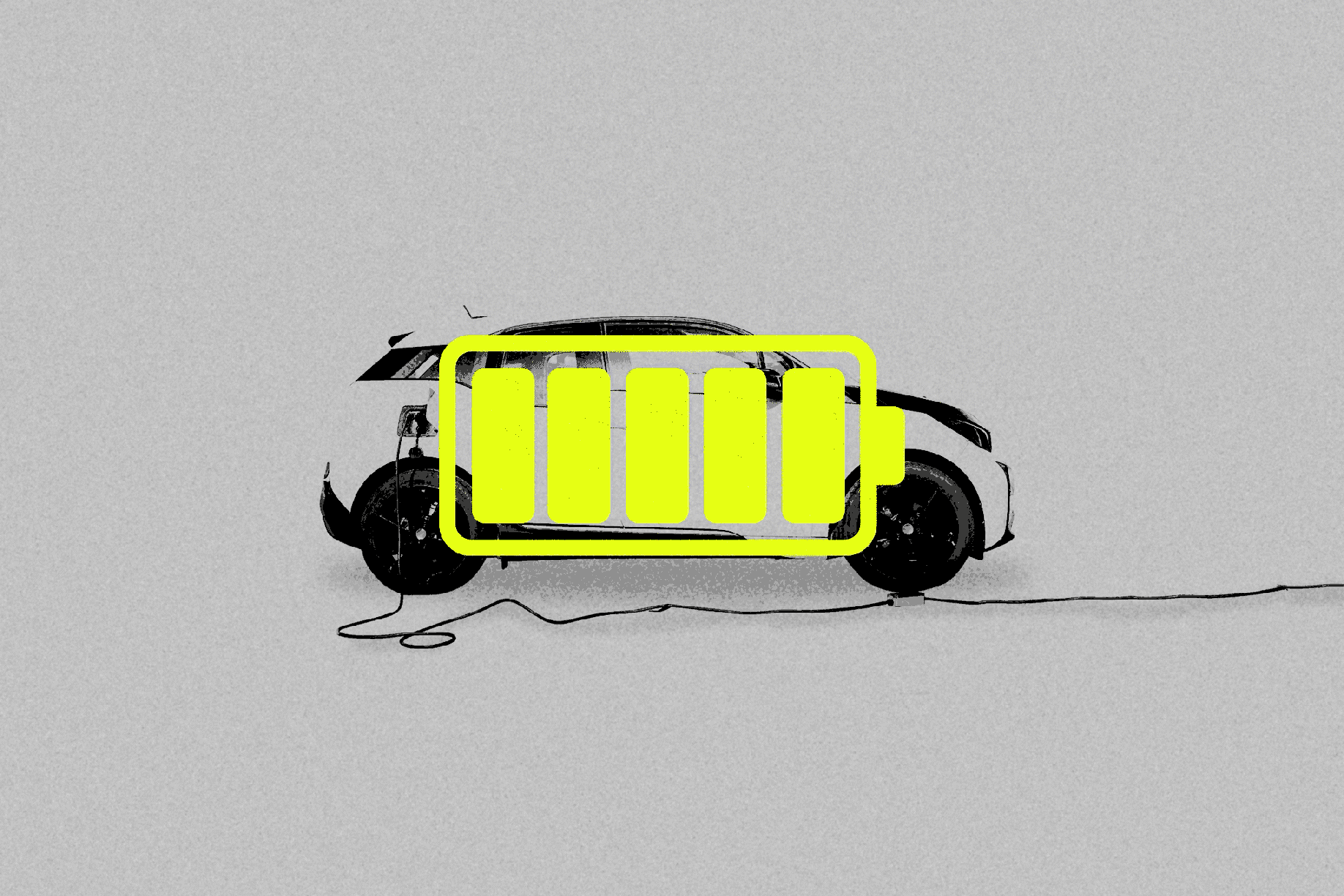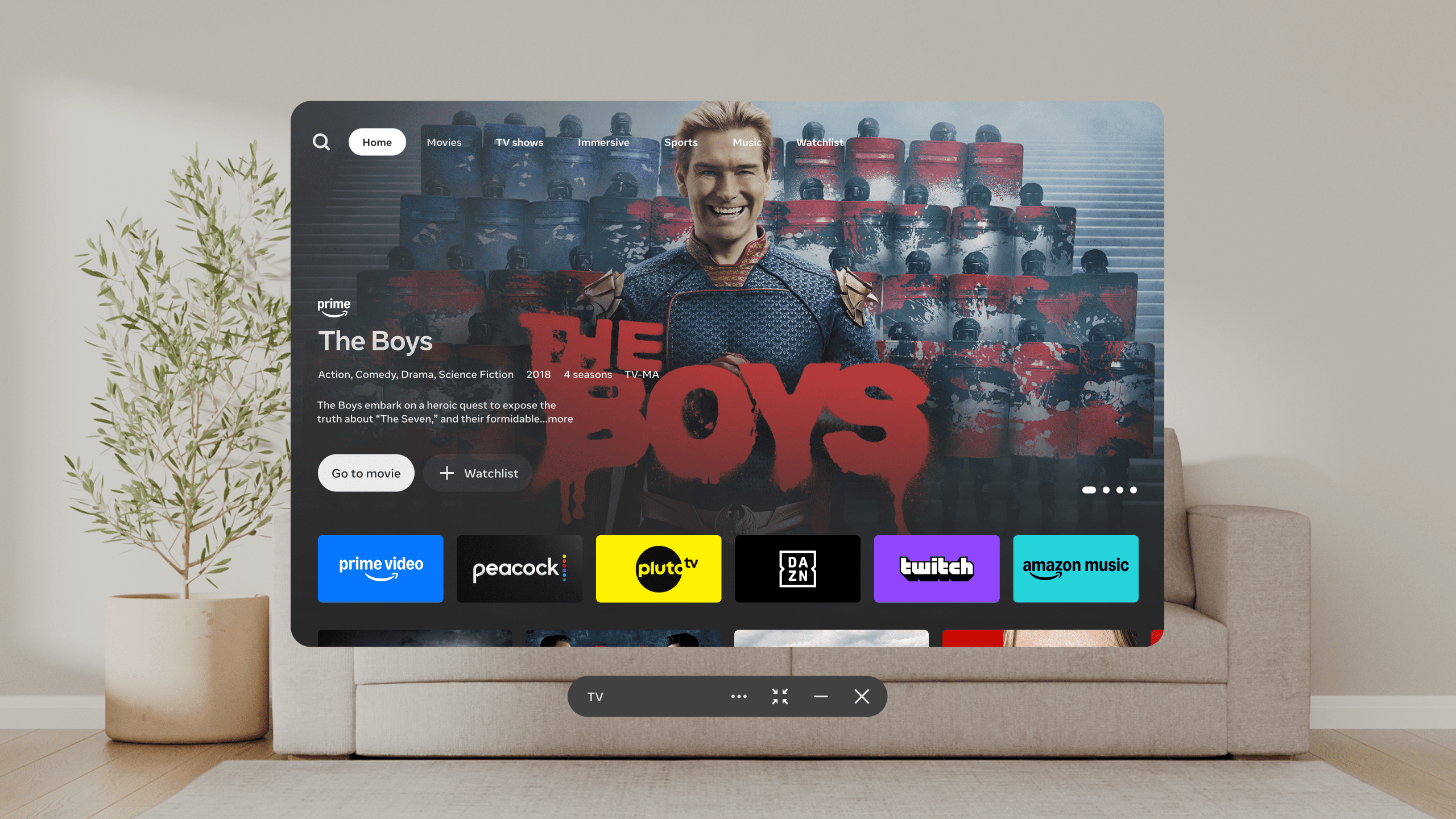
uber is turning its app into an Uber has launched a new pilot program aimed at transforming its app into a platform for training artificial intelligence (AI) models, allowing drivers and couriers in the U.S. to earn extra income through various microtasks.
uber is turning its app into an
Overview of the Pilot Program
In an effort to enhance its reputation as the ultimate app for “flexible work,” Uber has introduced a pilot program that enables its U.S. drivers and couriers to engage in “microtasks” designed to train AI models. These tasks include a range of activities such as audio voice recording, capturing and uploading images, and submitting documents in various languages. The prompts for these tasks will vary, with examples including requests to “upload images of cars” or “record yourself speaking in your language or local dialect.” One task, for instance, involves uploading a menu written in Spanish, which could earn participants as much as one dollar.
Competitive Landscape
This initiative positions Uber’s extensive network of freelance drivers and delivery workers to compete with established players in the AI training space, such as Scale AI and Amazon’s Mechanical Turk. These platforms rely on human labor to annotate and label data, which is crucial for training generative AI models. Traditionally, much of this work has been outsourced to low-cost labor markets outside the U.S., making Uber’s approach particularly noteworthy as it seeks to leverage its existing workforce.
CEO’s Vision for Flexible Work
During an event in Washington, D.C., Uber CEO Dara Khosrowshahi emphasized the company’s commitment to building “the best platform for flexible work.” The announcement of the microtasks pilot is part of a broader strategy aimed at improving how drivers and couriers interact with the app. This includes making the work experience easier, smarter, and fairer. Alongside the introduction of digital microtasks, Uber is also redesigning its trip offer cards, launching a new heatmap to guide drivers to high-demand areas, and expanding features aimed at providing women drivers with greater control over their rides.
Human-in-the-Loop AI Training
Uber has previously employed independent contractors to assist in training AI models through what it refers to as “human-in-the-loop” processes. This approach combines human expertise with machine automation, allowing for more nuanced data labeling. Recently, the company acquired the Belgian startup Segments.ai to bolster its data-labeling capabilities. Notably, Uber drivers in India were given the opportunity to earn small amounts of money by responding to prompts in the Uber app, marking the initial phase of this digital tasks initiative before its expansion to the U.S.
Challenges and Concerns
Despite the potential benefits of this new pilot program, it remains uncertain whether Uber drivers will embrace these microtasks. Many drivers have expressed dissatisfaction with their earnings, citing the company’s high take rate on rides and deliveries. Uber classifies its drivers as independent contractors, which means they are not entitled to traditional employee benefits such as overtime pay, minimum wage protections, or health insurance. This classification has led to ongoing debates about the nature of gig work and the level of control Uber exerts over its drivers’ lives.
Changes to Trip Offer Cards
In addition to the microtasks, Uber is also implementing changes to its trip offer cards, which are the notifications drivers receive before accepting a trip request. The updated offer cards will provide drivers with more time and information to make informed decisions about whether to accept or reject a trip. This change aims to enhance the overall experience for drivers, allowing them to assess the details of a trip more thoroughly before committing.
Enhancements to the Driver Experience
Uber is also rolling out a new on-trip experience for couriers that aims to simplify multi-order deliveries. This includes clearer pick-up and drop-off details, as well as alerts for commonly missed items. These enhancements are designed to streamline the delivery process, making it easier for couriers to manage multiple orders efficiently.
New Heatmap Feature
A newly designed heatmap feature will provide drivers with greater transparency regarding high-demand areas. The heatmap will use a color-coded system: red areas will indicate the shortest wait times, followed by orange and yellow. Purple areas will signify where surge pricing is in effect. Additionally, the heatmap will show average wait times for trips based on recent data, enabling drivers to make more informed decisions about where to position themselves for optimal earnings.
Safety Measures for Drivers and Riders
Uber is also focused on enhancing safety for both riders and drivers. Following the initial launch of its Women Rider Preferences feature in the U.S. last July, the company is expanding its availability to more cities, including Baltimore, Minneapolis, Philadelphia, Seattle, Portland, and Washington, D.C. This feature allows women drivers to set preferences so they only receive women riders, and vice versa. In markets where this feature is available, Uber reports that women have utilized it on over 100 million trips, with a quarter of women drivers activating it weekly and more than half keeping it on for over 90% of their trips.
Driver Control Over Rider Ratings
In a bid to empower drivers, Uber is now allowing them to set minimum ratings for riders based on their comfort levels. This feature can be toggled on or off depending on the situation, such as being used more frequently during late-night shifts. Coupled with consumer verification for riders, these tools aim to provide drivers with greater peace of mind during each trip.
Addressing Driver Concerns
Uber has acknowledged longstanding complaints from drivers regarding the lack of recourse following deactivations from the app. The company has stated that it is working to address these issues, although it will not entirely eliminate the need for deactivation. Uber recognizes that losing access to the platform can create significant challenges for drivers and is striving to make it easier for them to continue earning, even if issues arise. For example, if a driver faces an alcohol delivery issue, they may still be allowed to take food or rideshare trips.
Complaint Handling and False Reports
In cases where a rider files a complaint against a driver, Uber will now allow the driver to present their side of the story before a decision is made. Furthermore, if a rider submits a false report about a driver, that rider could face deactivation from the platform. These measures are intended to create a more balanced and fair environment for both drivers and riders.
New Financial Incentives and Tipping Reminders
Uber is also introducing a Delayed Ride Guarantee, which allows drivers to earn additional compensation if a trip is delayed due to customer actions or extenuating circumstances such as traffic or detours. This initiative aims to provide drivers with more financial stability in unpredictable situations. Additionally, Uber is enhancing its tipping reminders for riders, expanding them to iPhone Live Activities. This feature will serve as a reminder for riders to tip their drivers or couriers, thereby encouraging fair compensation for services rendered.
Conclusion
As Uber continues to innovate and adapt its platform, the introduction of microtasks for drivers and couriers represents a significant shift in how the company views its workforce. While the potential for additional earnings through AI training tasks is appealing, the challenges surrounding driver compensation and classification remain critical issues. The company’s ongoing efforts to enhance the driver experience, improve safety measures, and address concerns about deactivation will be closely monitored by stakeholders in the gig economy.
Source: Original report
Was this helpful?
Last Modified: October 16, 2025 at 7:39 pm
3 views















